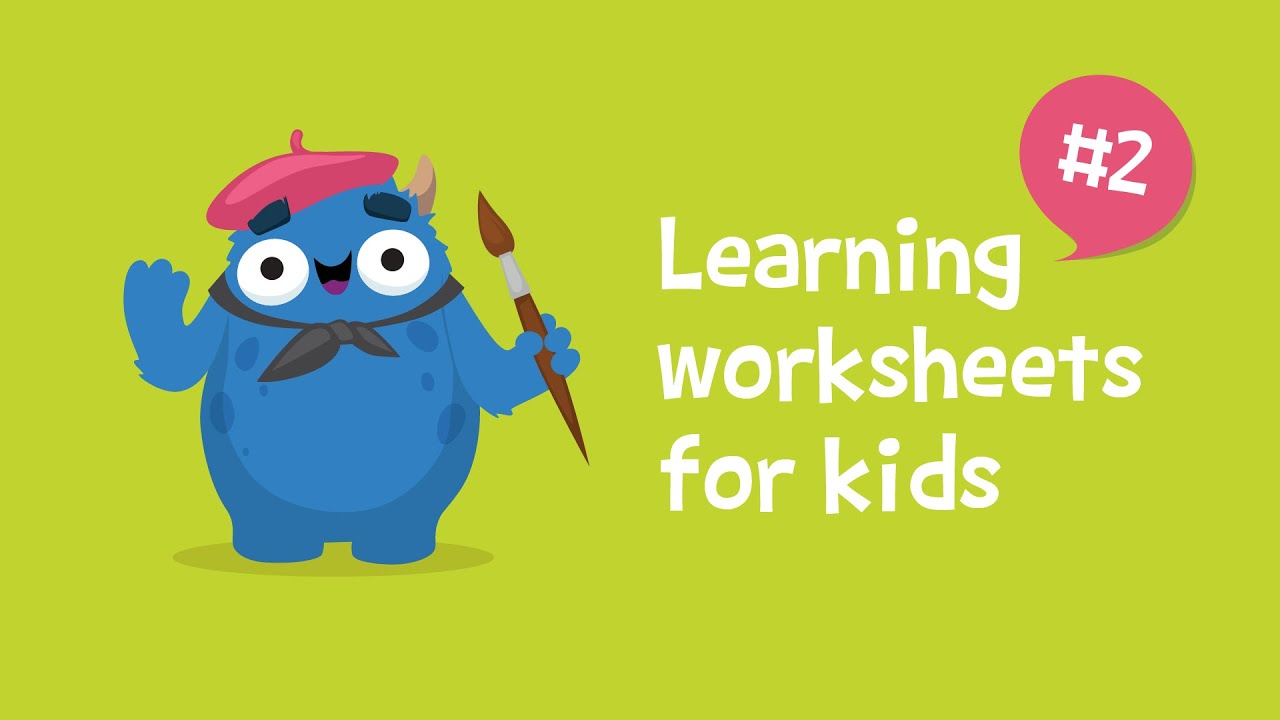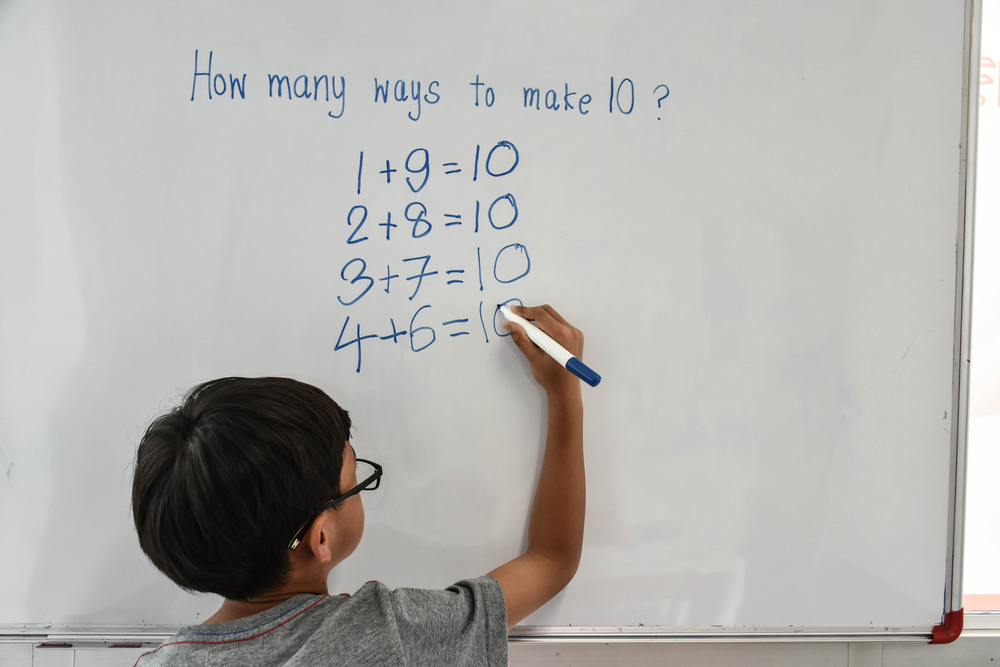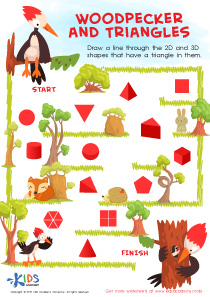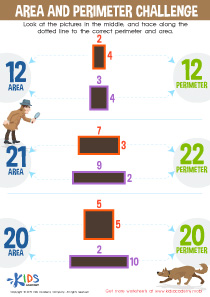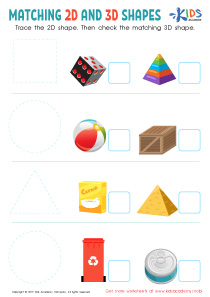Understanding fractions Extra Challenge Fractions of Shapes Worksheets for Ages 4-6
3 filtered results
-
From - To
Explore our "Understanding Fractions Extra Challenge Fractions of Shapes Worksheets," specially designed for children ages 4-6. Whether your little ones are just starting to grasp the concept of fractions or seeking to deepen their understanding, these engaging worksheets provide the perfect opportunity for exploration. Children will discover how to identify fractions of shapes while honing their problem-solving and critical-thinking skills. With colorful visuals and interactive activities, students will enjoy learning about halves, quarters, and more in a fun and approachable way. Empower your child's mathematical journey today with our thoughtfully created resources that inspire confidence and curiosity in learning fractions!


Fractions: Shapes Worksheet
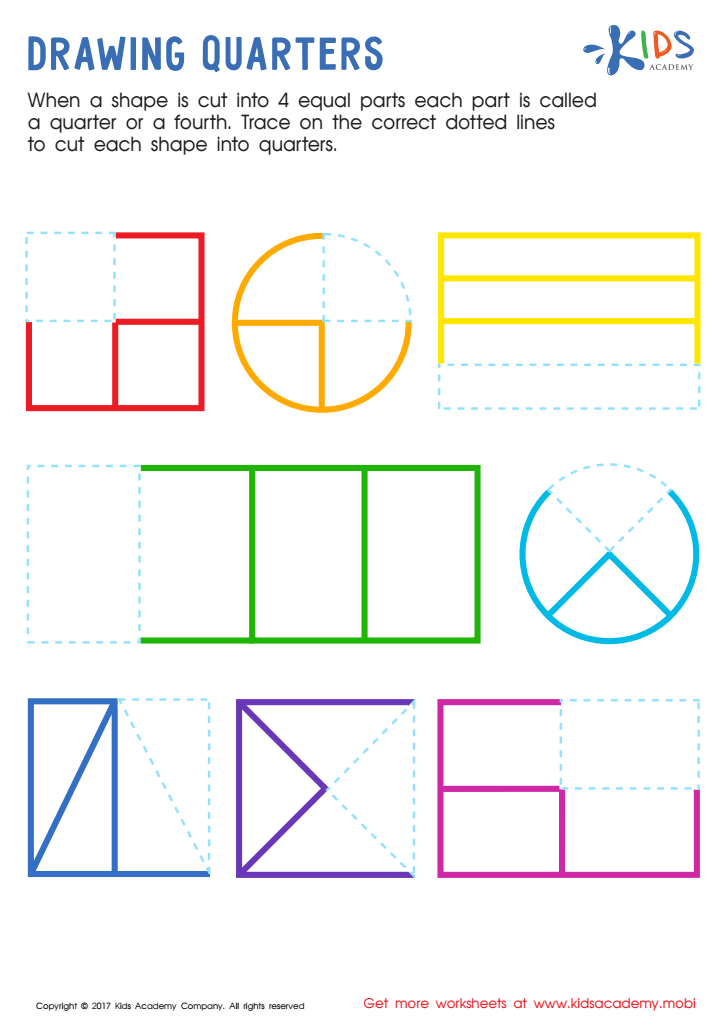

Drawing Quarters Worksheet
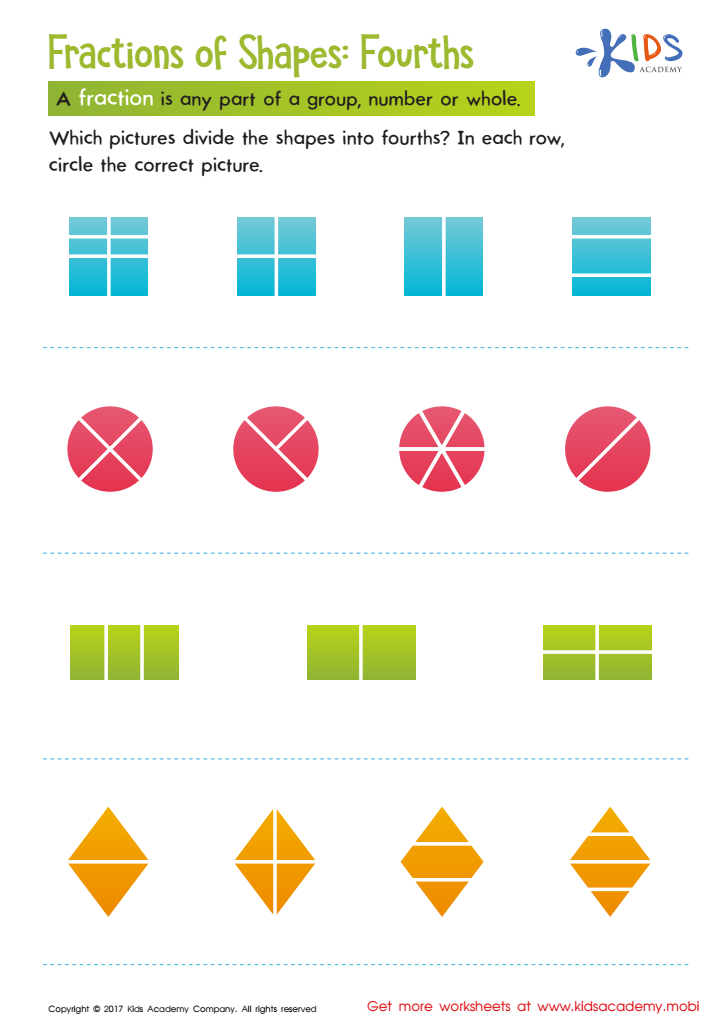

Fractions of Shapes Worksheet
Understanding fractions is foundational for young learners aged 4-6, as it builds critical thinking and problem-solving skills. Introducing concepts like "fractions of shapes" helps children grasp the idea of parts versus whole, which is essential in math and everyday life. Engaging with visual aids, such as dividing shapes into equal parts, makes math tangible and accessible, fostering a deeper understanding.
When parents and teachers prioritize learning about fractions, they support cognitive development. Mastering fractions aids in later mathematical concepts, helping children to eventually tackle addition, subtraction, and even more complex operations with confidence. This knowledge not only boosts their academic performance, but also cultivates persistence and resilience in learning contexts.
Additionally, starting fractions at an early age promotes spatial awareness and improves fine motor skills through hands-on activities, like cutting and arranging shapes. Furthermore, these lessons encourage teamwork and communication when done in groups, thereby enhancing social skills.
Ultimately, understanding fractions empowers young learners, providing them with a crucial toolkit for future learning and daily decision-making. By engaging with "fractions of shapes," parents and teachers are investing in their students’ long-term educational success and life skills.
 Assign to My Students
Assign to My Students





